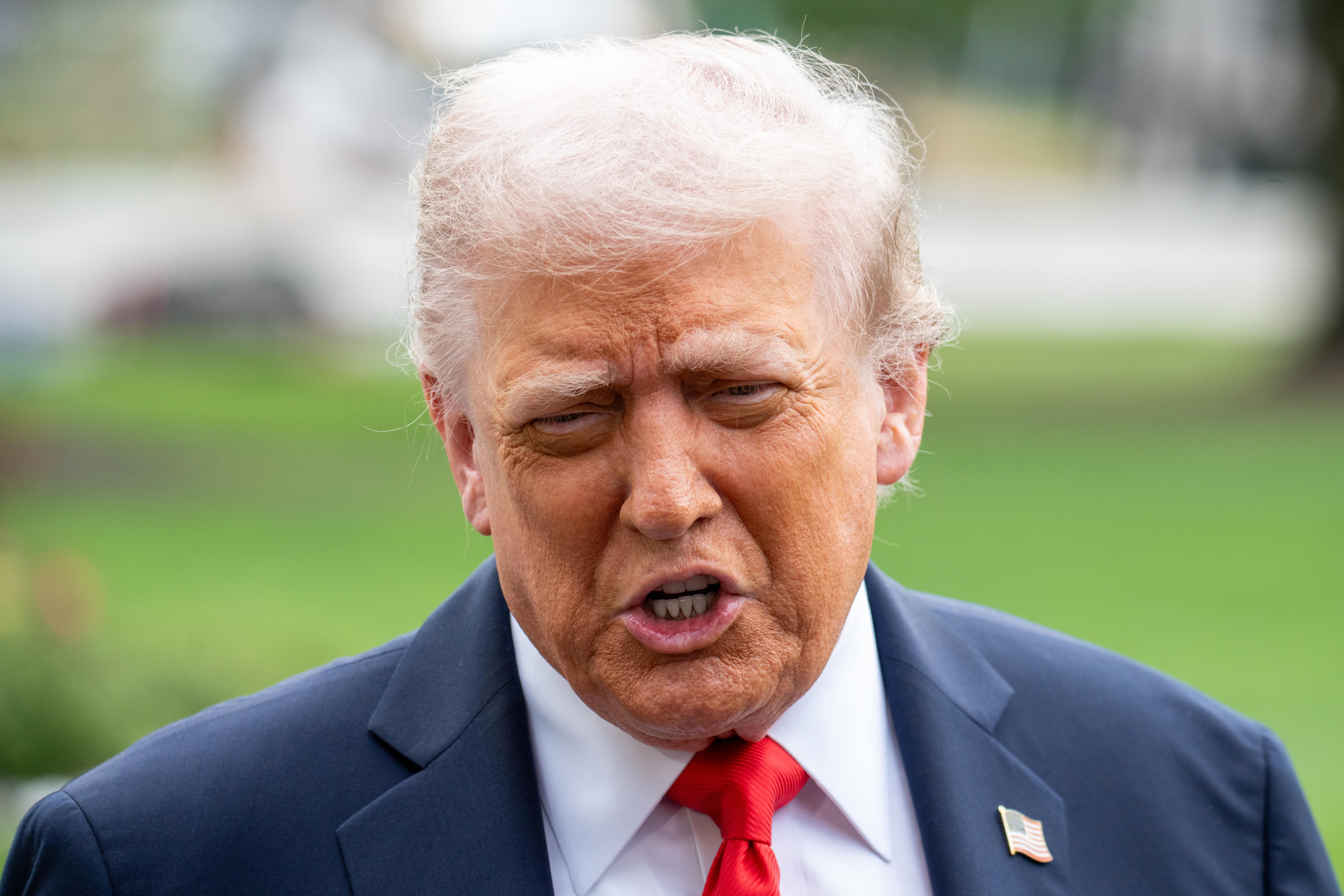US President Donald Trump and Chinese leader Xi Jinping met for the first time in six years, igniting cautious hopes that the world’s two biggest economies might finally ease their tensions. Trump called the talks in South Korea “amazing,” while Beijing said both leaders had agreed to address “major trade issues.” Relations have been strained since Trump launched new tariffs on Chinese imports, prompting strong retaliation from Beijing. A short-lived truce in May failed to end the friction.
The meeting produced no formal trade deal, but both sides hinted at progress. Negotiators have spent months trying to bridge gaps over trade rules and technology. Such agreements usually take years, but Trump’s aggressive use of tariffs has forced faster responses. Many of the affected nations are in Asia, where Trump has been traveling to secure trade concessions.
China eases rare earth export curbs and boosts farm purchases
China agreed to lift export restrictions on rare earth minerals, crucial for electronics, electric vehicles, and defense equipment. The decision was seen as a symbolic victory for Trump. Speaking aboard Air Force One, he said China would immediately begin buying “tremendous amounts of soybeans and other farm products.” Beijing’s retaliatory tariffs had almost frozen these imports, dealing a blow to US farmers — a group central to Trump’s political support.
US Treasury Secretary Scott Bessent said China would buy 12 million metric tonnes of soybeans this season and commit to at least 25 million tonnes annually for three years. After the meeting, Washington announced plans to ease some tariffs on chemicals linked to the production of fentanyl, a synthetic drug that has become a major political issue for Trump.
Sean Stein, president of the US-China Business Council, called the progress on rare earths and tariffs the most significant result of the meeting. He said it gave businesses more stability to plan ahead while both governments work through deeper disputes. However, many tariffs remain, leaving American importers still paying taxes of over 40 percent on goods from China.
Beijing also gained diplomatic ground. Trump revealed that Xi would soon speak with Nvidia chief executive Jensen Huang. The company stands at the heart of the AI chip battle between the two countries. China seeks access to advanced processors, while Washington limits exports over security fears. Xi also invited Trump to visit China in April, signaling improving relations. Still, there was no update on TikTok, which remains locked in a dispute over its US operations.
Xi’s calm contrasts with Trump’s high-stakes urgency
The meeting underscored the differences between both leaders. Xi stayed composed, delivering only prepared remarks. China approached the talks from a position of strength after diversifying trade ties and reducing its reliance on the US. Following the meeting, Xi said both sides would pursue results that serve as a “reassuring pill” for their economies.
Trump appeared more tense than at earlier stops on his Asia tour. The grandeur of past receptions was gone. Instead of golden palaces or parades, the meeting took place in a guarded airport building surrounded by police and journalists. Yet behind the quiet setting, the 80-minute discussion became the defining moment of Trump’s trip.
Henry Wang, a former adviser to China’s State Council, said the talks “went very well.” While no trade deal was reached, he said both sides had built “a framework and structure” for continued talks. He described the outcome as “a good start” toward stabilizing one of the world’s most powerful but fragile economic relationships.


